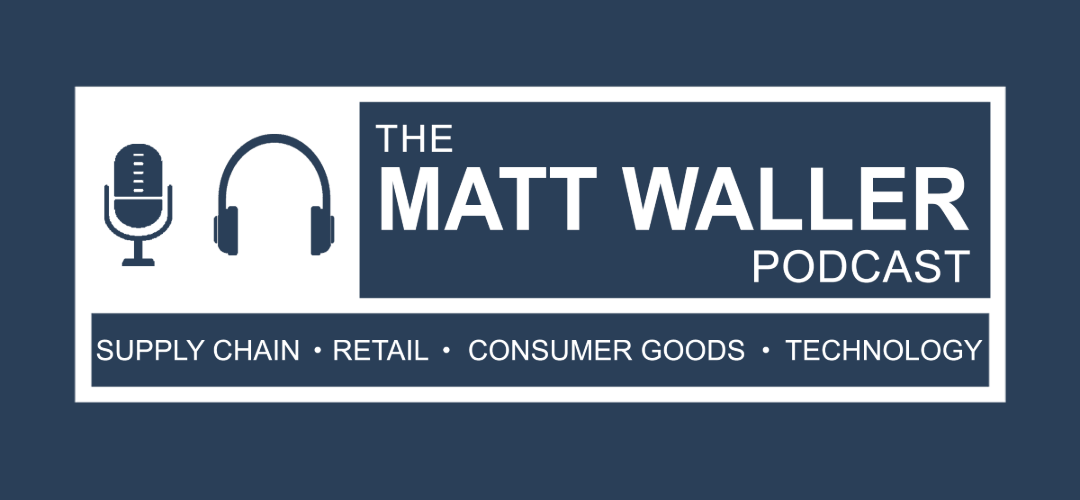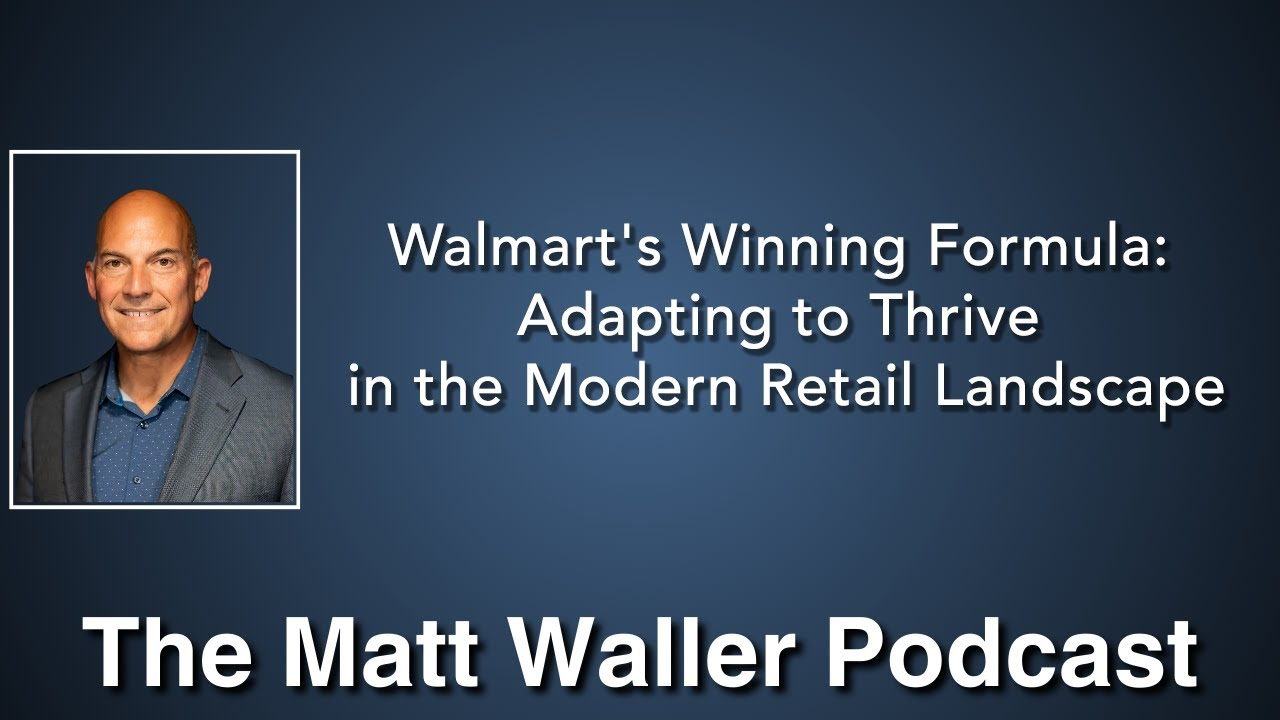As a long-time observer of Walmart and its operations, this episode of the podcast is dedicated to dissecting the retail giant's enduring success. With over 30 years of experience studying, collaborating with, and teaching future leaders of Walmart, this episode offers a unique perspective on the company's ability to adapt and thrive in a rapidly changing retail environment.
The episode begins by recommending Sam Walton's autobiography, "Made in America," as a foundational text for understanding Walmart's origins and core principles. What makes Walmart stand out is its remarkable agility. Despite its massive scale – it is, after all, the world's largest company – Walmart demonstrates a remarkable capacity for innovation and adaptation. This ability to pivot and evolve stems from a clearly defined and consistently reinforced purpose: "to help people save money and live better."
This concept of purpose is paramount. A company's purpose serves as its fundamental reason for being, guiding its decisions and shaping its trajectory. While Walmart's purpose has remained constant, the methods of achieving that purpose, the "how" of its implementation, have necessarily evolved over time.
Today, Walmart articulates its strategy as becoming a "people-led, tech-powered, omni-channel retailer." This episode briefly unpacks each element of this strategy, providing concrete examples of Walmart's investments and initiatives.
Investing in People: The "people-led" aspect of Walmart's strategy is evident in its commitment to its associates. There's been a 30% increase in hourly wages over the past five years, coupled with significant investments in educational benefits and training programs. The "Live Better U" program has empowered countless associates to earn valuable certifications, boosting their skills and leadership potential. Further solidifying this commitment is Walmart's stock purchase program, where the company contributes a percentage towards associate stock purchases, aligning their financial success with that of the company.
Harnessing the Power of Technology: Walmart's commitment to being "tech-powered" is evident in its embrace of cutting-edge technologies. The "Shop with Friends" virtual fitting room is a prime example of AI-driven innovation enhancing the online shopping experience. There have also been substantial investments in automation, robotics, and AI within Walmart's distribution and fulfillment centers, illustrating the company's dedication to leveraging technology for supply chain efficiency.
Omni-Channel Experience: Becoming an "omni-channel retailer" goes beyond simply having multiple sales channels. True omni-channel success requires the integration of processes, technology, and organizational structure across all channels. While acknowledging the inherent challenges in achieving this level of integration, Walmart's progress is commendable, particularly in the "buy online, pick up in store" arena. This concept, initially seen as ambitious, proved invaluable during the pandemic, demonstrating the value of forward-thinking experimentation.
Reaping the Rewards: Walmart's strategic approach is clearly reflected in its impressive financial performance. The company had a 6% growth in net sales, reaching $642 billion in fiscal year 2024, with profits outpacing revenue growth. It also surpassed $100 billion in e-commerce sales, a testament to its successful digital transformation. Walmart's operating income grew an impressive 32% year-over-year, and returns increased by 200 basis points.
Beyond Core Retail: Walmart's strategic vision extends beyond its core retail operations. The company is making ventures into digital businesses, such as the burgeoning retail media network. By leveraging its vast digital footprint, Walmart can sell advertising across its website, app, and even within its physical stores. This strategic move allows the company to monetize its extensive customer base and valuable data insights. In 2024, Walmart's advertising sales exceeded $3.4 Billion, a 28% increase from the previous year. Membership income also increased, growing 20% year-over-year.
Aligning Investments with Purpose: The episode concludes by emphasizing the critical importance of aligning investments with a company's stated purpose and strategy. Walmart exemplifies this principle, consistently investing in its people, technology, and omni-channel capabilities. This is in stark contrast to companies that lack a clear understanding of their purpose or fail to invest accordingly, ultimately hindering their ability to adapt and thrive.
In essence, this analysis of Walmart offers insights for businesses of all sizes. By embracing a clear purpose, adapting implementation strategies to meet evolving market demands, and consistently aligning investments with those strategies, companies can position themselves for success in today's dynamic and ever-changing marketplace.



Member discussion: